Hey! I'm Jason Nguyen, a Melbourne-based communication designer. I love to dabble in all things creative, from music to photography.
Ultimately I'm interested in creating considered work that pushes boundaries and speaks to people.
Hey! I'm Jason Nguyen, a Melbourne-based communication designer. I love to dabble in all things creative, from music to photography.
Ultimately I'm interested in creating considered work that pushes boundaries and speaks to people.
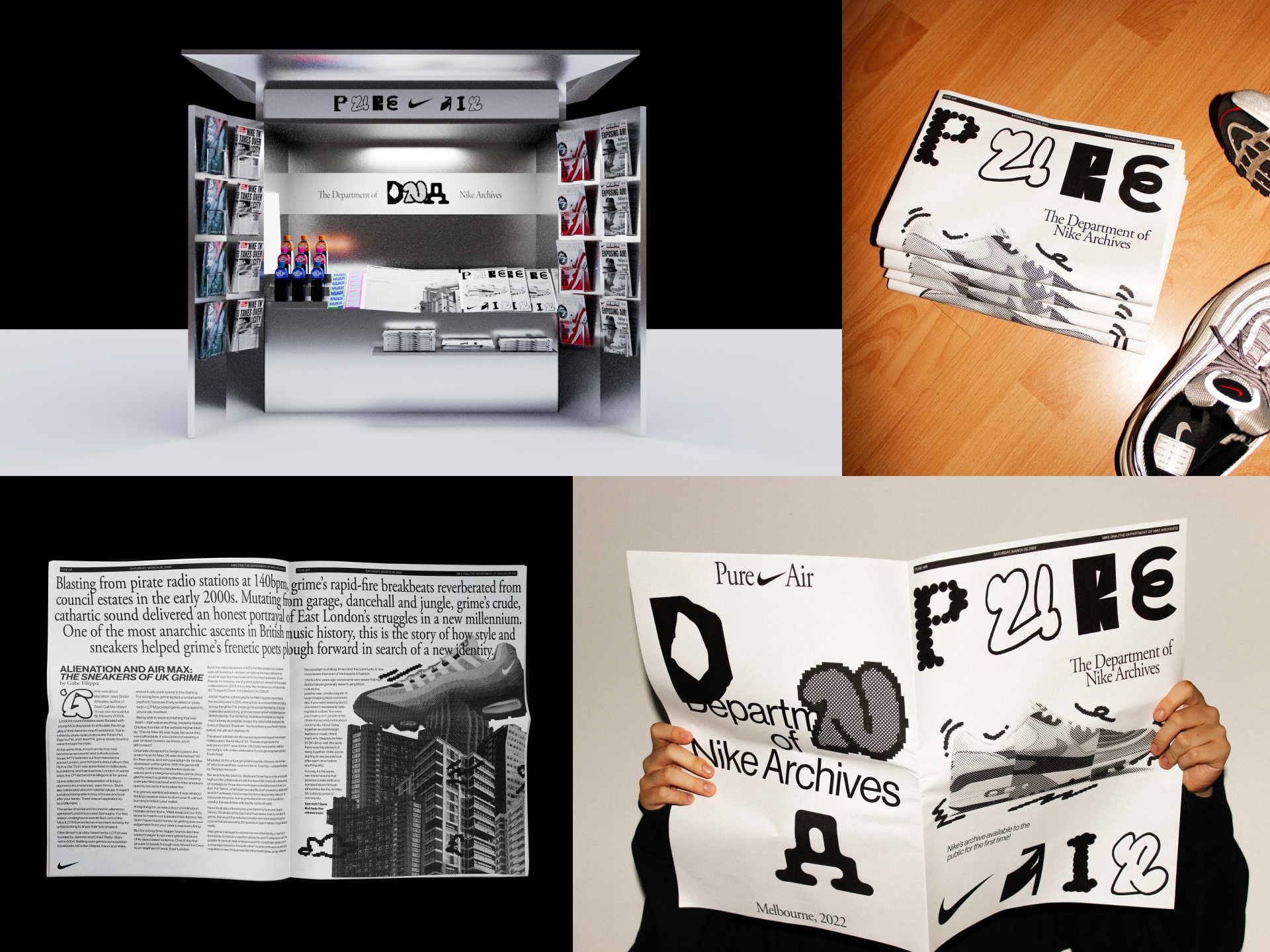
An engaging pop-up experience remixing the classic Melbourne news kiosk into an exclusive Air Max experience.
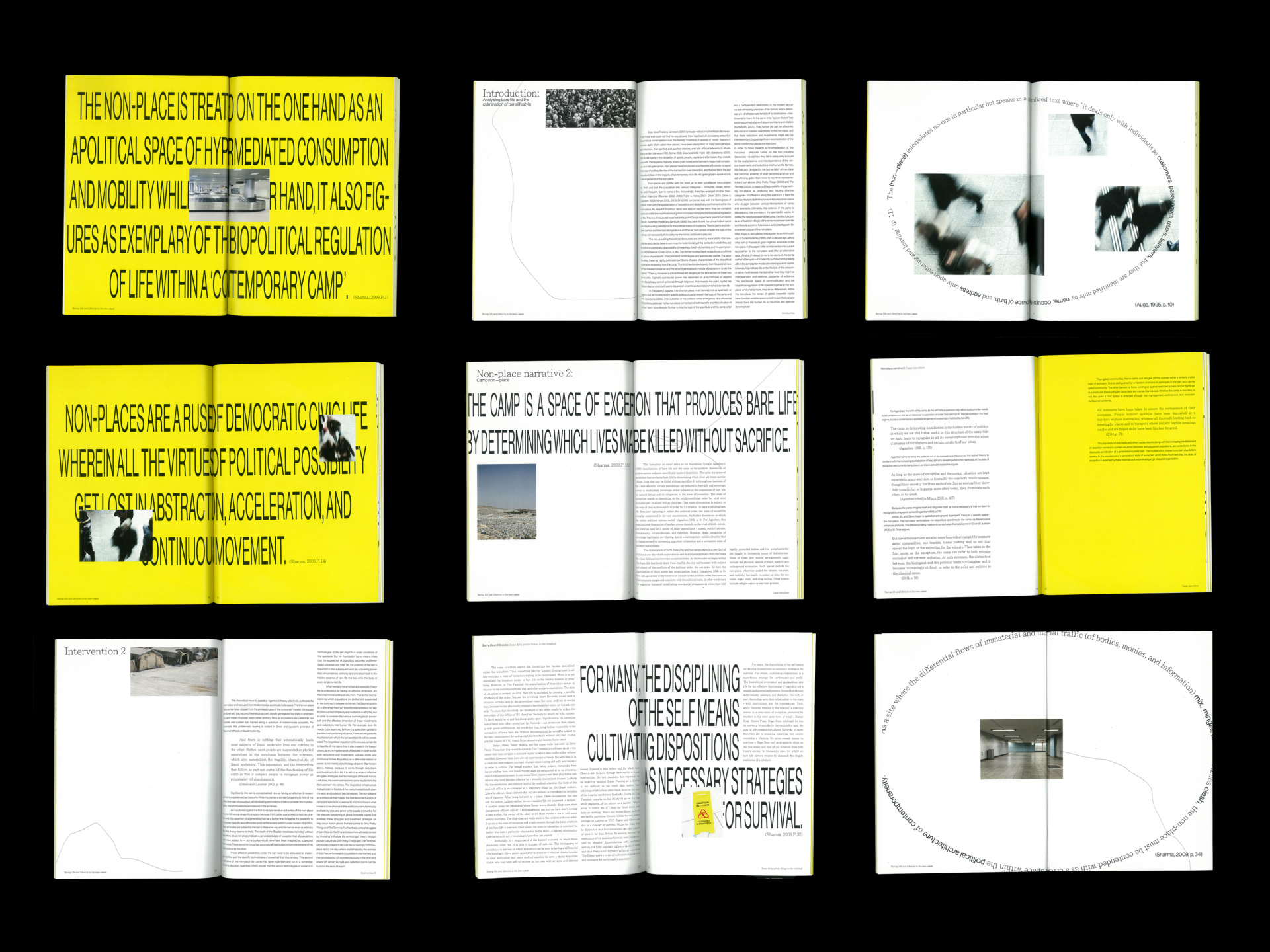
Publication design for the essay by Sarah Sharma. The design leans into an off-kilter aesthetic informed by the content.
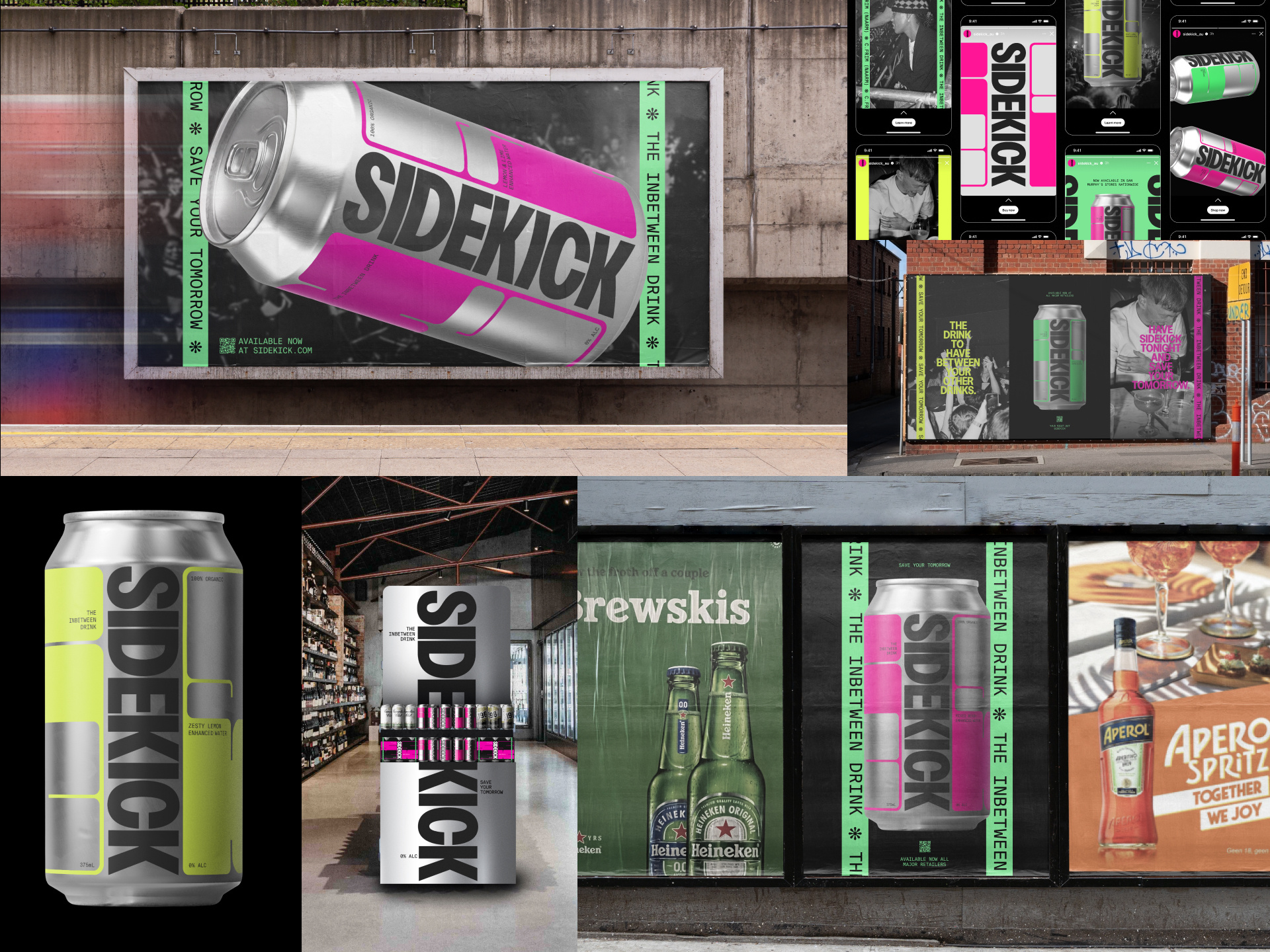
Design of a health beverage intended to prevent hangovers. The full brand strategy was designed, outlining identity, launch strategy, activations and PR.
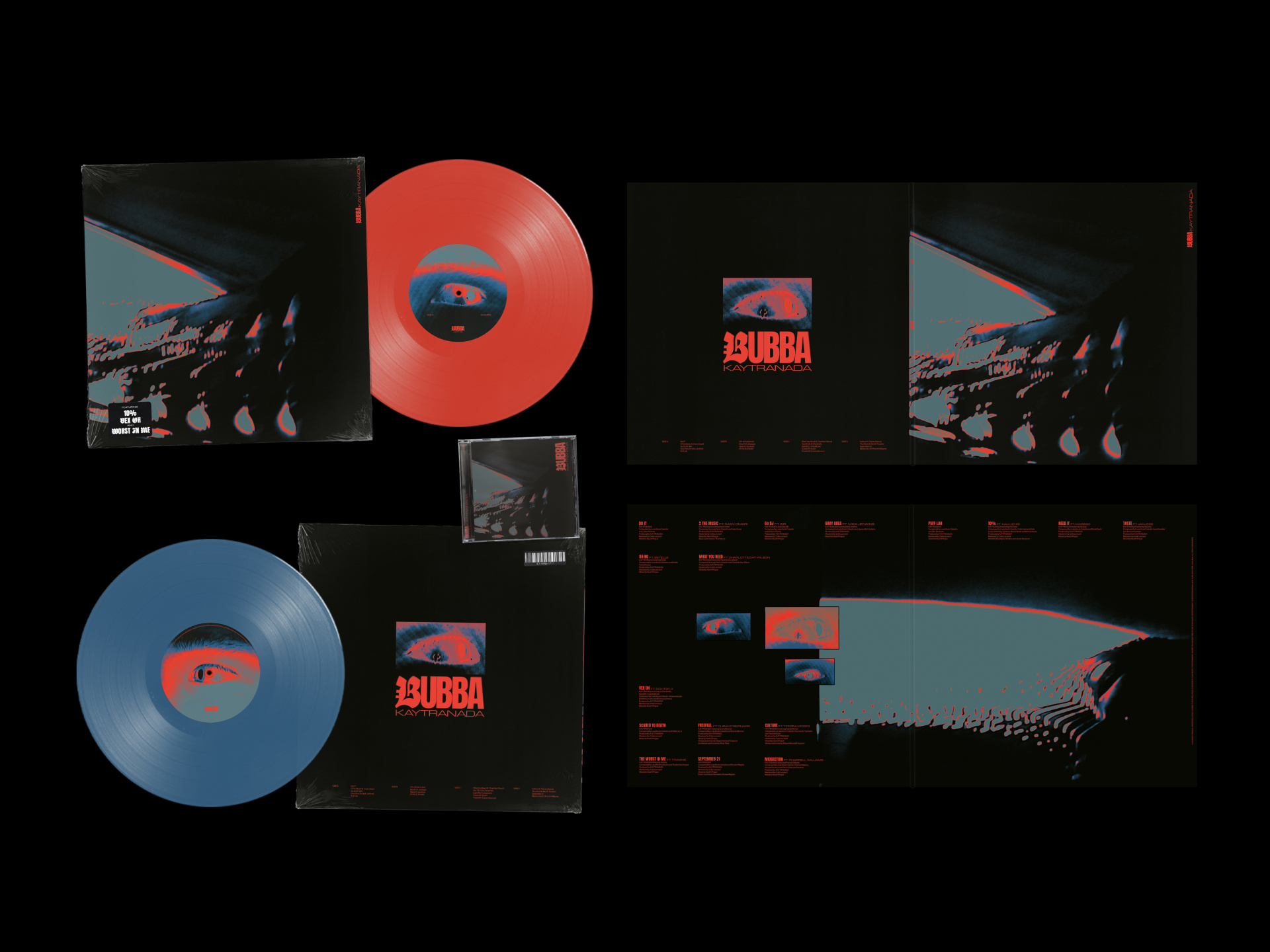
Experimental image-making processes were used to create visuals that communicated the vibe and themes of the album. A video feedback loop effect was manipulated to create the imagery.
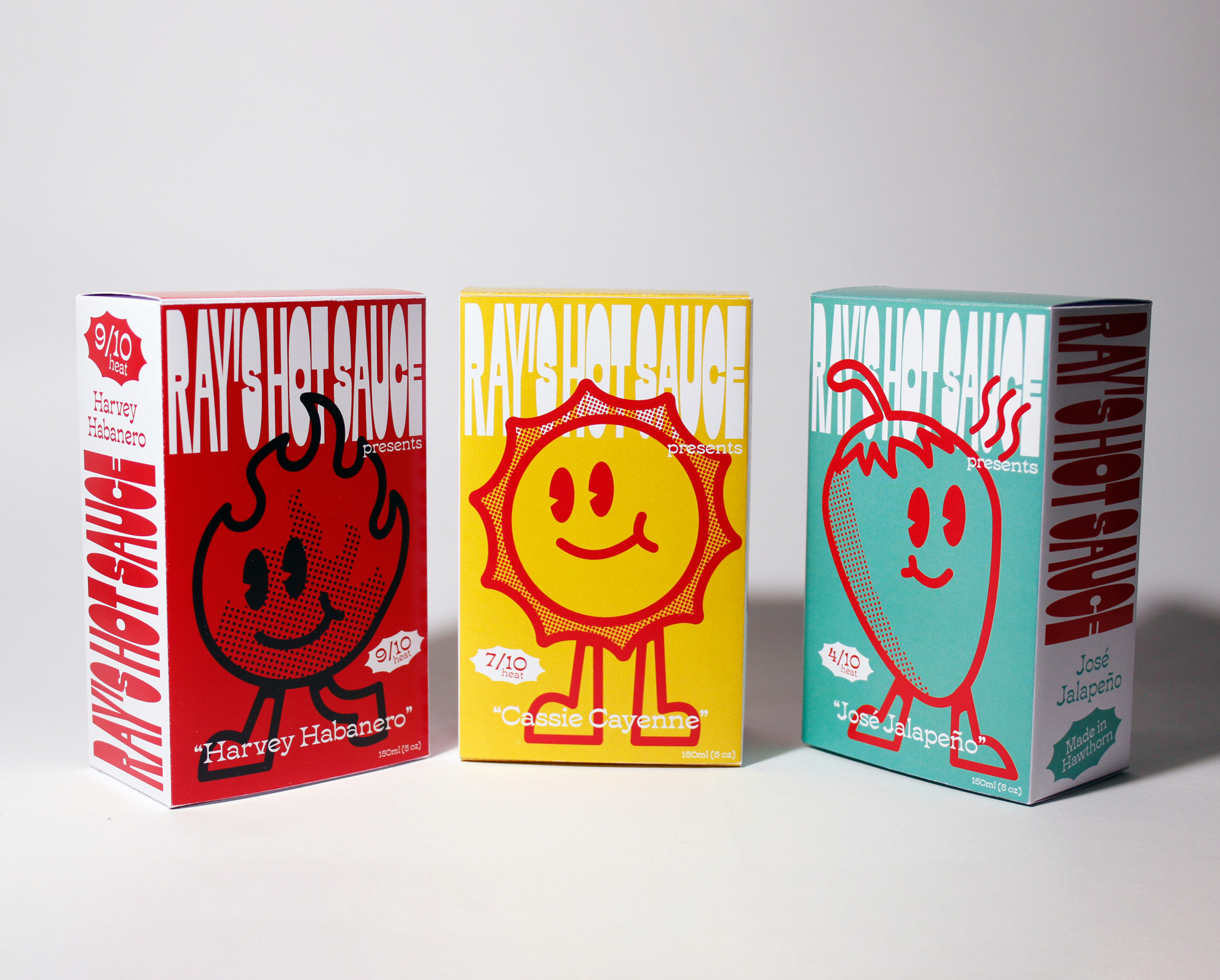
Designed the identity including naming and packaging for Ray's Hot Sauce. To create a fun and approachable brand, the flavours were personified and assigned playful characters.